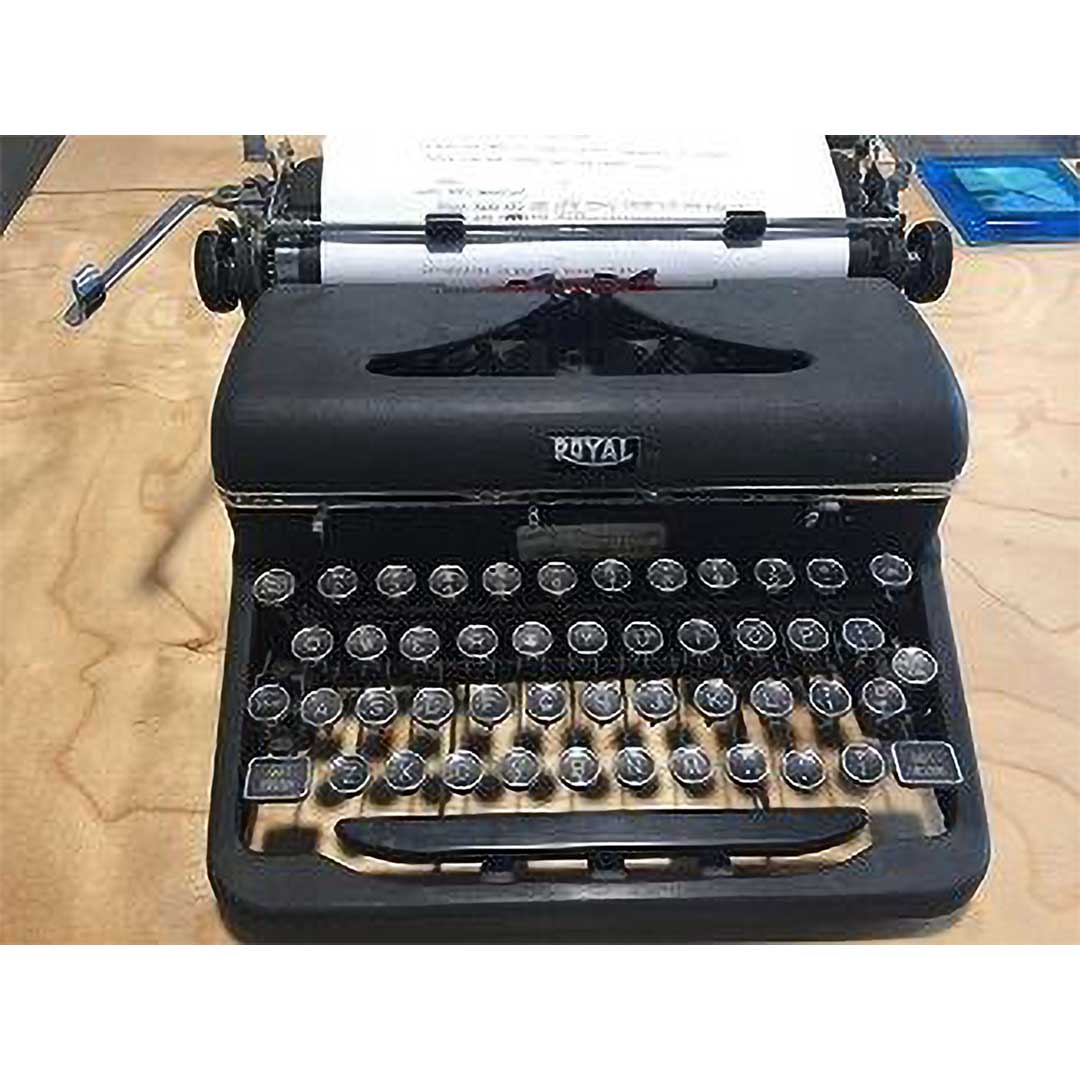Find Your Voice and Start Writing!
Whether you are beginning a writing journey, mastering your craft, or exploring the path to publication, BARN Writers’ Studio is for you. From our Write Now online practice sessions to deep dives into fiction, memoirs, poetry, screenplays, and children’s books, BARN can take your writing to the next level. Members can also use the studio as a quiet place to write.
Getting Started in the Studio
Writers’ Studio Calendar
- July 14, 2025
-
-
Summer Youth: Detail-Driven Stories (Ages 10-14)
July 14, 2025 1:00 pm - 4:00 pm
Writers' Studio -
Look at Me: Mastering the College Essay
July 14, 2025 4:15 pm - 6:15 pm
Writers' Studio
-
- July 15, 2025
-
-
Summer Youth: Detail-Driven Stories (Ages 10-14)
July 15, 2025 1:00 pm - 4:00 pm
Writers' Studio -
Look at Me: Mastering the College Essay
July 15, 2025 4:15 pm - 6:15 pm
Writers' Studio
- July 16, 2025
-
-
Summer Youth: Detail-Driven Stories (Ages 10-14)
July 16, 2025 1:00 pm - 4:00 pm
Writers' Studio -
Look at Me: Mastering the College Essay
July 16, 2025 4:15 pm - 6:15 pm
Writers' Studio
- July 17, 2025
-
-
Summer Youth: Detail-Driven Stories (Ages 10-14)
July 17, 2025 1:00 pm - 4:00 pm
Writers' Studio
- July 18, 2025
-
-
Summer Youth: Detail-Driven Stories (Ages 10-14)
July 18, 2025 1:00 pm - 4:00 pm
Writers' Studio
-
Fiction and Nonfiction
Novels, screenplays, memoirs, freelancing – there are many avenues for writers to explore. BARN’s Writers’ Studio was created to give you the support you need to keep writing. From classes in character development, dialogue, travel writing, and journaling to book clubs and writers’ groups, BARN writers’ community attracts experienced instructors from around the country.


Poetry
Derived from the Greek poisis “making,” poetry is a craft in which words are building blocks. Often rhythmic, just as often not, poetry stirs our emotions. BARN offers opportunities to find poetry in nature, to create art inspired by poetry, and to read your poetry to others. Our Poetry Toolbox series offers guidance in everything from lines and stanzas to rhymes and repetitions.
Publishing
You’re making good progress on your novel, or historical fiction, or memoir. What happens when you’re “done?” There are so many options for publishing your work – knowing what they are and where your work fits are key. BARN offers instruction in both the craft and business of writing. We can show you how to find an agent, navigate self-publishing, and understand your options in today’s publishing environment.

Upcoming Writers’ Studio Events
Open Studio
Use the Writers’ Studio to work on your own projects during open studio hours. Learn more »
FAQ
Find answers to your questions about working or taking classes in the BARN Writers’ Studio. Learn more »
Volunteer
Help the Writers’ Studio thrive and explore our volunteer opportunities »
Writers Studio Resources
Follow us on Twitter and join our Facebook group
Join our community on BARN Circle
Contact Us
Message us using our form
Writers’ Studio office phone: 206-842-4475 x215
 Sallie Maron
Sallie MaronWriters’ Studio Lead
Writers Studio News
Writers: Annual Collection Coming Soon!
Congratulations to the writers whose work was selected for the inaugural Annual Collection! View a list of authors, bios, and sign up to be ...Full story »
Writers: Annual Collection Selections Announced
The BARN Annual Collection editorial team is pleased to announce the written works and authors selected for the first Writers’ Studio Annual Collection. The number of ...Full story »
Meet the Indie Booksellers of Comps Night!
Join us on an indie bookstore road trip! In advance of Comps Night on May 10, we met with our panelists from Wicked Words, Ballast Book Company, Away ...Full story »












Follow Us